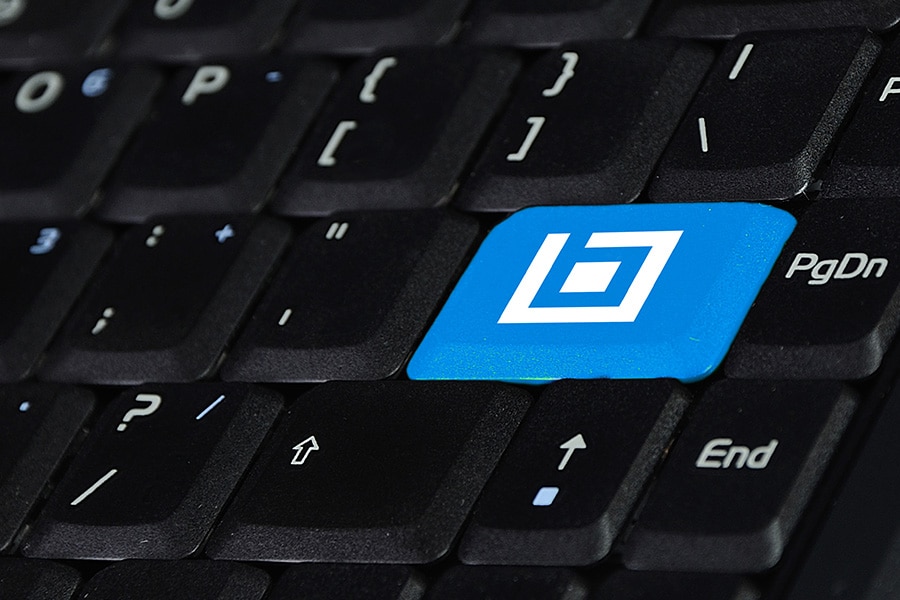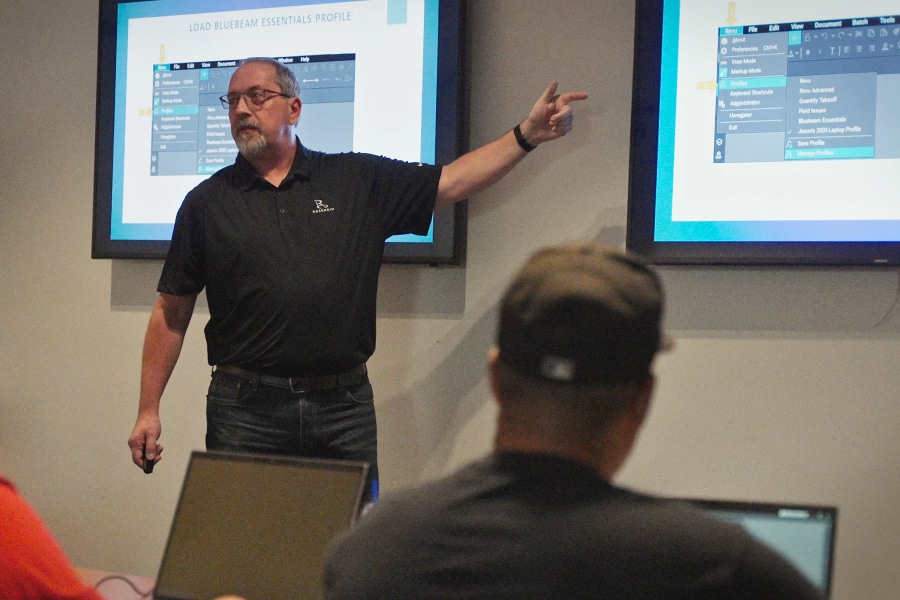Bluebeam Revu has a variety of built-in features, including a comprehensive markup tool palette. You can draw elliptical curves, lines, polylines, rectangles, text boxes, arrows, highlights, hatches, polygons and combinations thereof. You can even store custom grouped objects into the custom Tool Chest tab for later use.
For many, you have your default markups just the way you like them, and even have populated your Tool Chest tab. You feel that you’re proficient with Bluebeam Revu’s markup tools, but some things inevitably feel more cumbersome than good old pen and paper.
Have you ever drawn an object for the umpteenth time and just wished that you could somehow have multiple default settings for a markup that you could easily switch between?
For example, I often draw a callout (default hot key: “q”) that has red-colored 12-point font with no line around the text box. I also often draw blue callouts with 20-point font and a 1.0 point line weight around the text box. I have the red callout variant as my default, but I use the blue variant so often that it could just as well be my default.
For a long time, I reformatted each (default) red callout into a blue callout or copied a blue callout where needed. Thus, for each callout, I had to adjust the line color, text color, line thickness and font size. For those keeping score at home, that means I had to press the hot key, click and drag and then use seven clicks and some typing to reformat the callout.
This is about nine times slower than just using the default formatting. If I had a genie that gave me three wishes, and I wasn’t allowed to use any for client management, I think I’d use all three wishes to create my own custom Bluebeam Revu hot keys.
As it turns out, Bluebeam Revu has granted you many more than three wishes for precisely that!
Users of the Tool Chest tab will notice that there is a default partition called “My Tools.”
When you open the Tool Chest Panel (default hotkey: “Alt + X”), you will see My Tools at the top. The My Tools Tool Set is a configurable collection of frequently used tools that you can easily access. It has a few special properties you should be aware of:
- Tools in the My Tools Tool Set are automatically assigned hot keys for quick access
- The hot keys are numeric, according to the tool’s positioning in the My Tools tool set (its hot key is shown in the upper right corner of its icon)
- You can click and drag to change a tool’s position, which will automatically change its associated hot key
Now, let’s relate back to my callout formatting quandary above. I can keep my “q” hot key as the red variant by default—so far, so good. Then, I can format a blue variant callout to my liking, right click on it, mouse over “Add to Tool Chest,” and then select “My Tools.”
This places my customized markup at the end of the list in My Tools. Click and drag to place this newly added markup in the first position and the hot key labels will update automatically. You may now press “1” to select and be able to place an identical copy of this markup.
ALSO ON BUILT:
You may be taken aback by the fact that the markup gets brought in exactly as you saved it—in the exact shape and with the same text that it had when it was saved. This is called “Drawing Mode” and adds a new markup that is an exact duplicate of the saved markup, as if you had copied and pasted the original markup rather than made a new one of a similar type. If you saved something like a grouped object or company stamp or logo, you’re probably happy with it as it is—congratulations!
In my case, I don’t need to place in the exact same callout that I saved. I want to create new callouts with the same properties, like having a second default setting. You can toggle this behavior by right-clicking the markup in the My Tools tool set and selecting “Properties Mode.” Its icon will change, and if you right click it again, you will have the option to switch back to “Drawing Mode.”
Now when you press “1” you can draw a new markup with the same customized properties (color, font, line weight) that you saved. Wish granted. Note that Properties Mode isn’t available for stamps, images or grouped markups.
Some final notes about Tool Chest customization:
You can click and drag to re-order saved tools in the My Tools Tool Set. Be aware that this affects your hot key assignments.
You can change the color of stored markups by right-clicking and selecting “Change Colors,” but not once an element is saved in Properties Mode. You can switch a saved markup to Drawing Mode, change its color, then switch it back to Properties Mode.
Markups placed on document layers will retain the layer association when added to a Tool Set. You can also right-click and assign a layer to markups already saved to a Tool Set. When these markups are placed on another PDF, its layer will be created in the new PDF.
Some of the cheekier users out there will immediately try to store more than nine markups in the My Tools Tool Set and be surprised that Revu keeps numbering them. Revu supports up to 99 hot keys in My Tools. To use hot key “10,” just quickly type 10. To use hot key “11,” quickly type 11. If you type 11 too slowly, it registers as hotkey “1,” twice. This is a similar idea to how the computer knows when you’ve double-clicked or just single-clicked twice.
All of Bluebeam Revu’s markup tools have default properties. The Tool Chest allows you to save and organize your most-used markup tools and customizations for quick and easy reuse, and My Tool enables you to set up numeric hot keys to access those tools you use most often. I sincerely hope you find these custom hot keys to be useful in your daily workflows.











